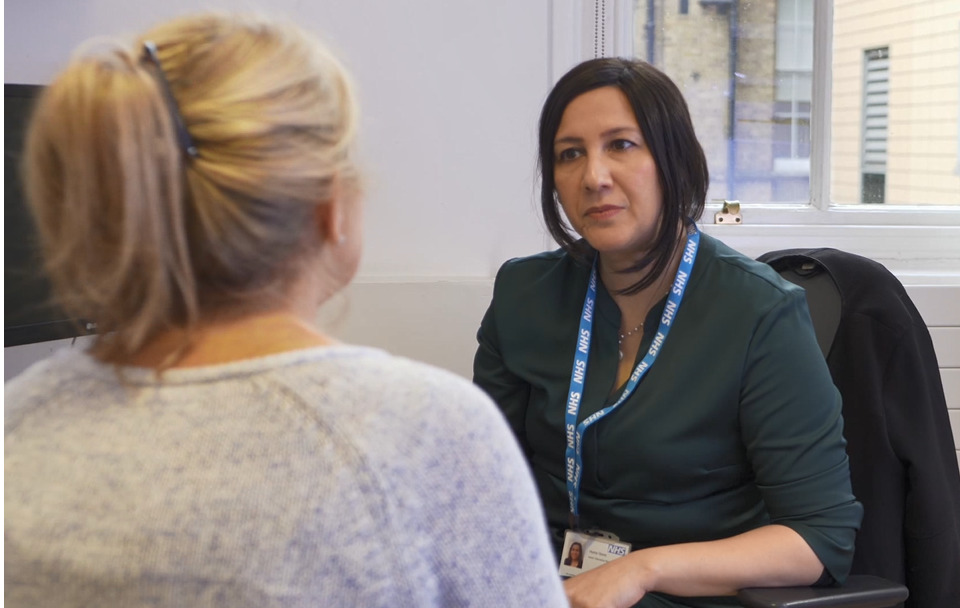Foot and ankle pain
Treatment that delivers better results

Foot pain
Foot pain is a common problem with a wide range of possible causes. These include:
- Sprains: Sprains affects ligaments and strains affect muscles. They are associated with trauma, or more activity than you are used to.
- Gout: A type of arthritis caused by a build-up of uric acid in the body and formation of crystals in the joint of your big toe. This causes severe pain and inflammation even at rest.
- Bunion: A bony swelling at the base of the big toe that can be painful and difficult to walk on. Affects women particularly who wear pointed shoes.
- Plantar fasciitis: Irritation of the tough band of tissue (fascia) that runs under the sole of the foot. Symptoms include heel pain first thing in the morning and are associated with walking or running.
Less commonly foot pain is caused by the following:
- Morton’s neuroma: An irritation of the nerve between the toe bones due to compression and causes sharp, severe pain. Wearing high-heeled shoes or having flat feet can aggravate this condition.
- Osteoarthritis: is one of the common causes of foot pain as we age. This also causes swelling of the tissues in and around the joints, including the big toe and heel joints.
- Tendonitis: Achilles tendonitis can also cause pain and stiffness in the back of the heel as well as around the ankle.


Ankle pain
Ankle pain is normally associated with swelling, stiffness, redness, and warmth in the involved area.
Ankle problems can be a result of:
- An ankle sprain: Rolling over the ankle and damaging the ligament or even the bones of the ankle.
- Osteoarthritis: This is the natural wearing of the joint surface as we age.
- Gout: A type of arthritis caused by a build-up of uric acid in the body which causes severe pain and inflammation even at rest.
- Tendon problems: Tendons or the sheath that surrounds them can become irritated.
- An issue related to the bones or alignment of the foot and leg (poor biomechanics).
When do I see my GP?
Initial treatment of PRICE (protection, rest, ice, compression and elevation) can be very effective. However, you should seek advice if the following applies to your pain:
- If your whole foot is painful, heavy and swollen, it may be a sign of oedema.
- If you have severe trauma to your foot and suspected bony injuries
- Foot pain can sometimes be caused by an object that has become embedded in the foot if you have stepped on something sharp with bare feet.
- If your pain is following a lot of high-impact sports (long-distance running or basketball) and if you suffer with pain and swelling, you may have a stress fracture.

Foot and ankle resources
We’ve created an interactive booklet to help you learn about your foot and ankle, the common problems we see and how best to recover from your problem. It is best to work through the booklet prior to attending your JPAC so you can start making positive changes now. We have also produced a digital version of our Plantar Heel JPAC presentation and related exercises which can be found below.
Booklet
Heel Pain JPAC Presentation
Exercise programmes
Our locations
How to access our services
Self referrals and referrals through your GP
To refer yourself to Healthshare or see if we operate in your area please follow the link below.
Your GP can also refer you, see details here.

